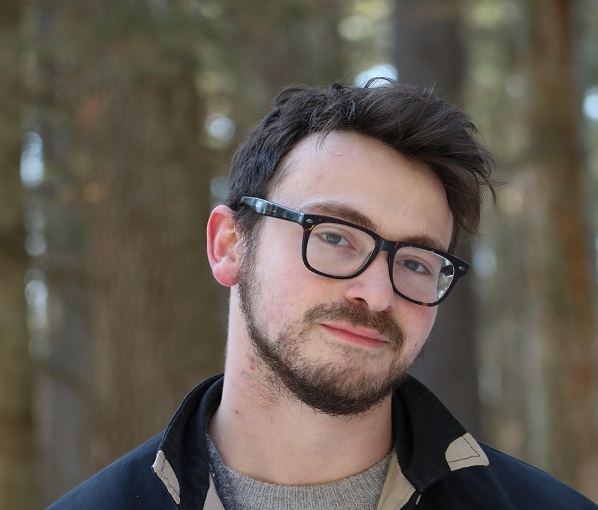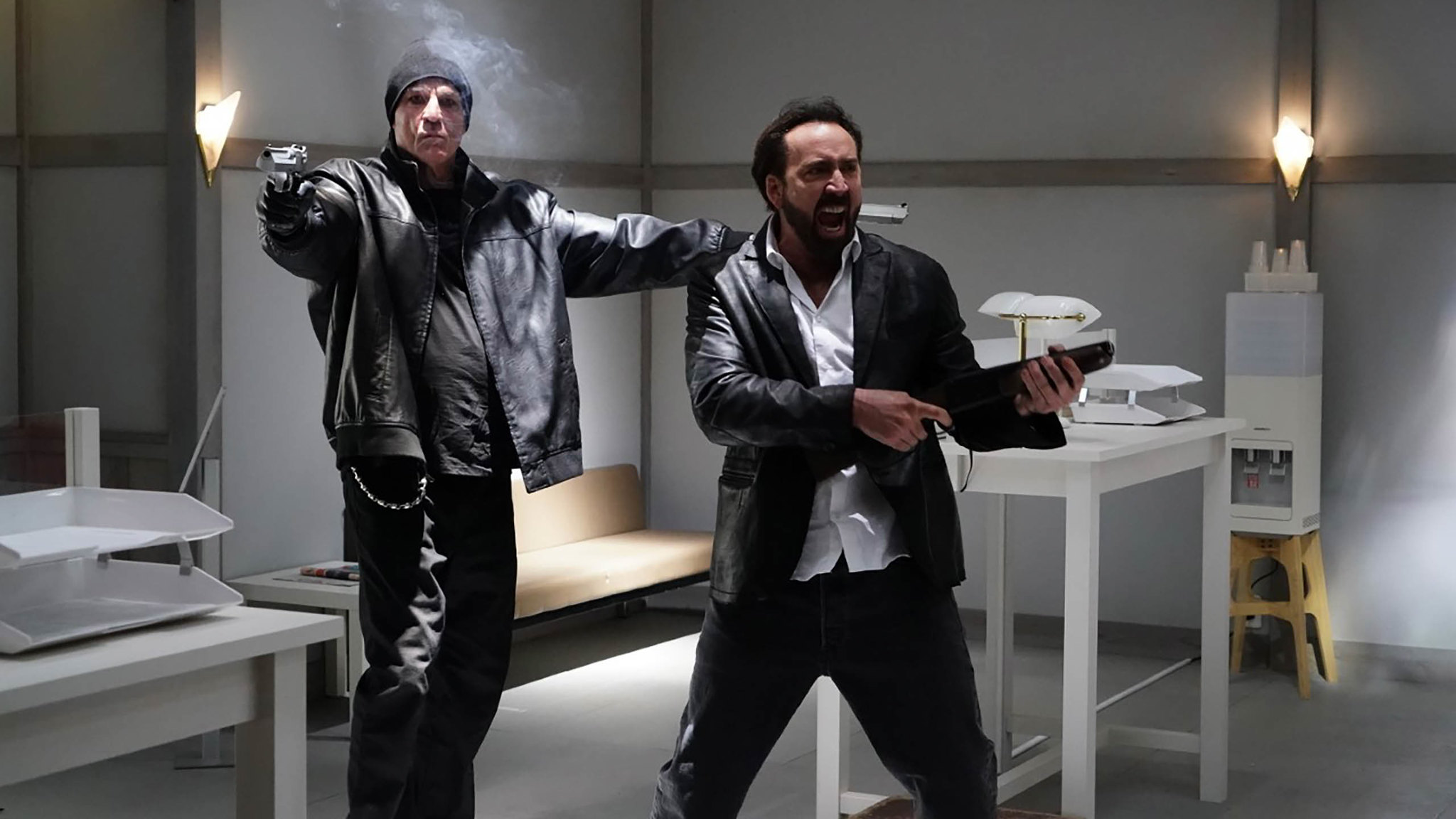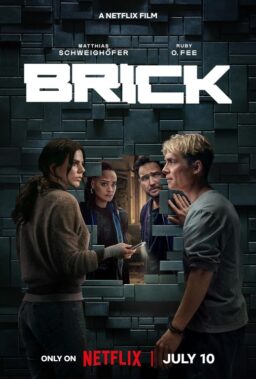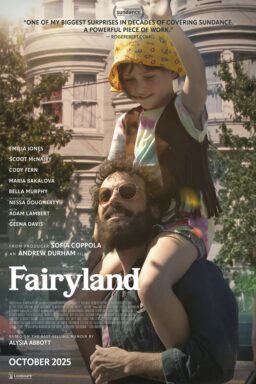Few directors court and conduct on-screen chaos like Sion Sono. The wild (and wildly prolific) Japanese filmmaker-poet has to his name 50-odd directorial ventures across film and television, including a lurid four-hour “upskirt-photography epic” (“Love Exposure”), a sung-through yakuza gangsta-rap musical (“Tokyo Tribe”), and a J-horror satire about haunted hair (“Exte”). And those are his more accessible films: dig deeper into the Sono catalog at your own pleasure and peril.
So giddily unrestrained and uniquely fused are Sono’s films that attempts to pull a unifying thread through them all seem doomed to failure, though the anarchic, wink-nudge tilt of his artistry regularly lands him in perverse and profane territory. As likely to explore taboo subjects of pedophilia, abuse, and incest as he is to pause his plot for an out-of-nowhere musical number or graphically dismember a main character, Sono often treats extremity as a goal in of itself, puncturing stereotypical perceptions of Japanese culture as unfailingly polite to establish a cinema of visceral audience reaction.
“Prisoners of the Ghostland,” which premiered at this year’s Sundance Film Festival, is Sono’s English-language debut (a long-awaited landmark for the 59-year-old director, who first set out to make a Hollywood movie a full decade ago with “Lords of Chaos,” only for the project to fall apart).
“Shooting a film in the English language, with an American and international cast, is something I’ve been trying to accomplish across the last 10 years,” says Sono, speaking by phone through a translator, “Ghostland” producer Kô Mori. “This script [by Aaron Hendry and Reza Sixo Safai] finally came to me, and I was very excited about it. ‘Finally,’ I thought. ‘I might have an opportunity to proceed.’”
Losing none of his transgressive verve in translation, “Ghostland” finds Sono melding high-flying kicks with high noon showdowns to deliver a dizzying “East meets West” hybrid. In the film, a bank robber named Hero (Nicolas Cage) is forcibly recruited by a nefarious crime lord (Bill Moseley) to retrieve his strong-willed daughter (Sofia Boutella) from the post-apocalyptic wasteland into which she’s absconded. Zipped into a leather suit that will explode if he doesn’t return in five days, or if he becomes noticeably aroused, Hero makes haste. But he soon finds himself trapped in a bloodily unhinged carnival of cutthroat revenants and nightmarish mannequins where time has stopped.
Sono’s never been shy about framing cinema as a path to exploring his obsessions and fetishes; as far back as 1985’s “I Am Sion Sono!,” he was declaring that “a few things symbolize Tokyo for me: knives, whores, [and] clocks.” All three factor heavily into “Ghostland,” making the film feel like a stew of Sono signatures. His filmmaking is often described as reflecting the Japanese concept of “euro guro nansensu” (erotic grotesque nonsense), and “Ghostland” certainly brandishes its surreal blend of kink, kitsch, and carnage with a go-for-broke glee that may throw mainstream viewers for a loop.
But the casting of Cage serves as a harbinger of the film’s gonzo style; the actor’s long been notorious for playing eccentric, crazy-heart characters in adventurous genre fare, and he’s doubled down on such madhouse career maneuvers in recent years, from Panos Cosmatos’ deep-red acid-trip “Mandy” and Richard Stanley’s loony “Color Out of Space” adaptation to the upcoming “Willy’s Wonderland,” in which he’ll battle demonic animatronics in a Chuck E. Cheese-esque family fun center.
“Ghostland” is ultimately a shotgun marriage between the outré sensibilities of director and star—neither of whom are showing signs of mellowing with age.
Note: This interview was conducted through a translator and has been edited for consistency.

I know you previously had wanted to make your Hollywood debut with “Lords of Chaos,” a decade ago. Does it mean something different now to be making a film in English than it would have meant at the time?
Compared to back 10 years ago, with “Lords of Chaos,” my feeling and excitement about wanting to make a Hollywood movie was not different. That’s the same feeling. But this one, “Prisoners of the Ghostland,” even though it’s with Nicolas Cage and is my English-language film debut, [ended up] shooting in Japan. It was actually a pretty funny, weird feeling, given the places that we wanted to shoot the film over however many years. I was like, “Is this really my first so-called American Hollywood movie?”
“Prisoners of the Ghostland” feels like a particularly incredible debut to be making in English, because it’s mashing up all these Western, samurai, and thriller genres in a way that really speaks to that idea of “East meets West” cross-cultural exchange. How did you decide what to draw from, and what were some of the genres that influenced you?
First of all, I’d like to explain that we were planning to shoot in Mexico, to create a type of classic, Spaghetti Western tone. But I had a heart attack, and that made it not quite possible to go outside the country. Everyone, including Nicolas Cage, said, “How about shooting in Japan?” Everyone seemed to like that, and so we ended up doing that.
The fact that we were shooting in Japan gave me a lot of different ideas and magical feelings of “East meets West.” There surely was a great chemical reaction in that. Somehow, I feel like I created something totally different and new.
Nicolas Cage had this idea of merging Sergio Leone and Charles Bronson with his character for our film, so that was actually a great part of it too. At the same time, as a director, I’ve always had this idea of [referencing] Kurosawa movies in the music we’d use. It was organic, with some ideas totally coming from Nicolas, and some ideas totally coming from me: this beautiful combination and collaboration of East meets West.
I want to say at this point how grateful and happy I am that your health has returned after your recent heart attack. You’re regarded as a prolific artist, to put it mildly, and so is Nicolas Cage. Do you remember at what point you first encountered his work, and do you know when he first encountered yours?
Nicolas Cage is Nicolas Cage. I love watching American movies, and somehow Nicolas Cage has always been there and [part of them] in my mind. I’ve probably seen as far back as his first film and from then up until now. For Nicolas Cage to know Sion Sono, I don’t know exactly when Nic got to know my work. However, when we first met in Tokyo before we shot the film, Nic told me he was a big fan of my movies. So, somewhere, somehow, either before this project first came to him or after, Nic apparently does really love the work I’ve done in the past.
“Ghostland” does feel like such a melding of your minds. You’ve been prepping to make a Hollywood movie for years. But in terms of the actual production, did it change much for you to be working in English?
I grew up watching Hollywood movies and European movies, rather than Japanese movies. In shooting over 40 films in the past, across all those filmmaking experiences—even in shooting Japanese films—I had these Hollywood and European movies I’d grown up on in my mind. Getting set to shoot my first English-language film, I actually felt even more familiar with this filmmaking than I did with shooting Japanese films. It was a very interesting feeling. And that’s maybe because I grew up on these great movies from Hollywood and Europe. It was organic for me; an English-language film shoot, somehow, was more fitting to my feelings.
I have to ask about the needle-drops; you deploy Elvis Presley to great effect, and the use of Jim Croce’s “Time in the Bottle,” especially, is thrilling, the way it’s incorporated into this incredibly balletic action sequence starring Tak Sakaguchi. Why that song?
“Time in a Bottle” came not from me but from our editor, Taylor Levy. That was a great collaboration too. The song was just great, and so I decided to go with it.
“Ghostland” also features these haunting mannequin figures that embody the film’s title. Sofia Boutella’s character, Bernice, is introduced to Hero in a sequence involving them. You’ve revisited mannequins throughout your career, as far back as “I Am Sion Sono!” in 1985 but also in more recent films like 2011’s “Guilty of Romance” and 2015’s “Tag.” What’s that about?
In terms of the mannequins, the original script didn’t have mannequins, and I wanted to have them for a few reasons. The first reason is that Sofia’s character, Bernice, was supposed to be found in the Ghostland by Hero, but she wanted to make it a little more difficult for Hero to find her, and she thought that if she was covered by a mannequin he would have a harder time. I thought that was a great idea, that she might put herself inside a mannequin. Secondly, I just generally love using mannequins in my movies. Of course, this won’t be the last one. I’m going to go on to use them in my upcoming movies. Thanks for asking that.












